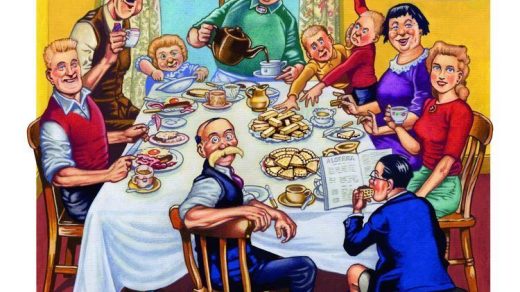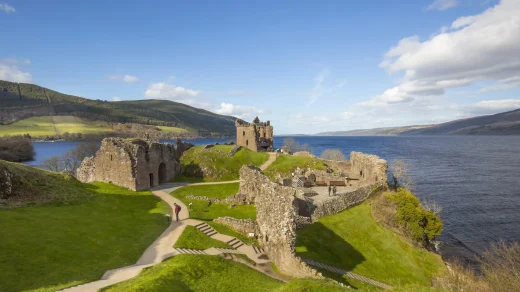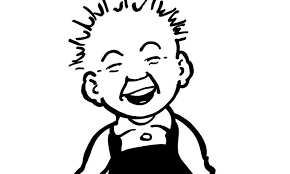Scotland had many battles, especially with the English, for some strange reason we always wanted to fight with them. Below is the details for the battle of Culloden.
Another part of Scottish History.
The last ever pitched battle to be fought on British soil took place on 16th April 1746 on Drummossie Moor, overlooking Inverness. At the Battle of Culloden, a well-supplied Hanoverian Government army led by the Duke of Cumberland, son of King George II, would face the forces of Charles Edward Stewart, The Young Pretender, in the final confrontation of the 1745 Jacobite Rising.
The Jacobite Rising was an attempt to overthrow the House of Hanover and restore the House of Stuart to the British throne. Having failed in their attempt to gain support in England and advance on London, the Jacobite’s had retreated all the way back to Scotland.
Under constant pressure from the King’s army, Charles marched his force of around 6,000 men ever further northward, before finally establishing a base at Inverness.
Ignoring advice to launch a guerrilla campaign, Charles chose to stage a defensive action and confront his enemy at nearby Drummossie Moor. He also ignored warnings that the marshy rough ground may favour the larger Government forces. And so, on a rain-soaked morning the Government army struck camp and headed towards the moorland around Culloden and Drummossie to take up their positions.
Over the first half-hour of the battle, Cumberland’s artillery battered the Jacobite lines, first with round shot and then grapeshot. Finally, Charles issued the orders his Highlanders had been waiting for, to charge the enemy.

Although hampered and slowed down by the boggy ground, many of the Highlanders reached the Government lines. In the bloody hand-to-hand fighting that followed, the new Redcoat tactic of bayoneting the exposed side of the man to the right, rather than confronting the one directly in front appears to have paid dividends. The Highlanders finally broke and fled, the entire battle had lasted less than an hour.
Over the weeks that followed, that Jacobite s that managed to escape the battlefield were hunted down and killed (as pictured below). Charles himself evaded capture for five long months, eventually making good his escape to France and final exile.
Key Facts:Date: 16th April 1746
War: Jacobite Rising Location: Culloden, near Inverness Belligerents: British Government, Jacobites (with support from France) Victors: British Government Numbers: British Government 8,000, Jacobites around 6,000 Casualties: British Government 300, Jacobites 1,500 – 2,000 Commanders: Duke of Cumberland (British Government),
Charles Edward Stuart.
Scottish Battles.



